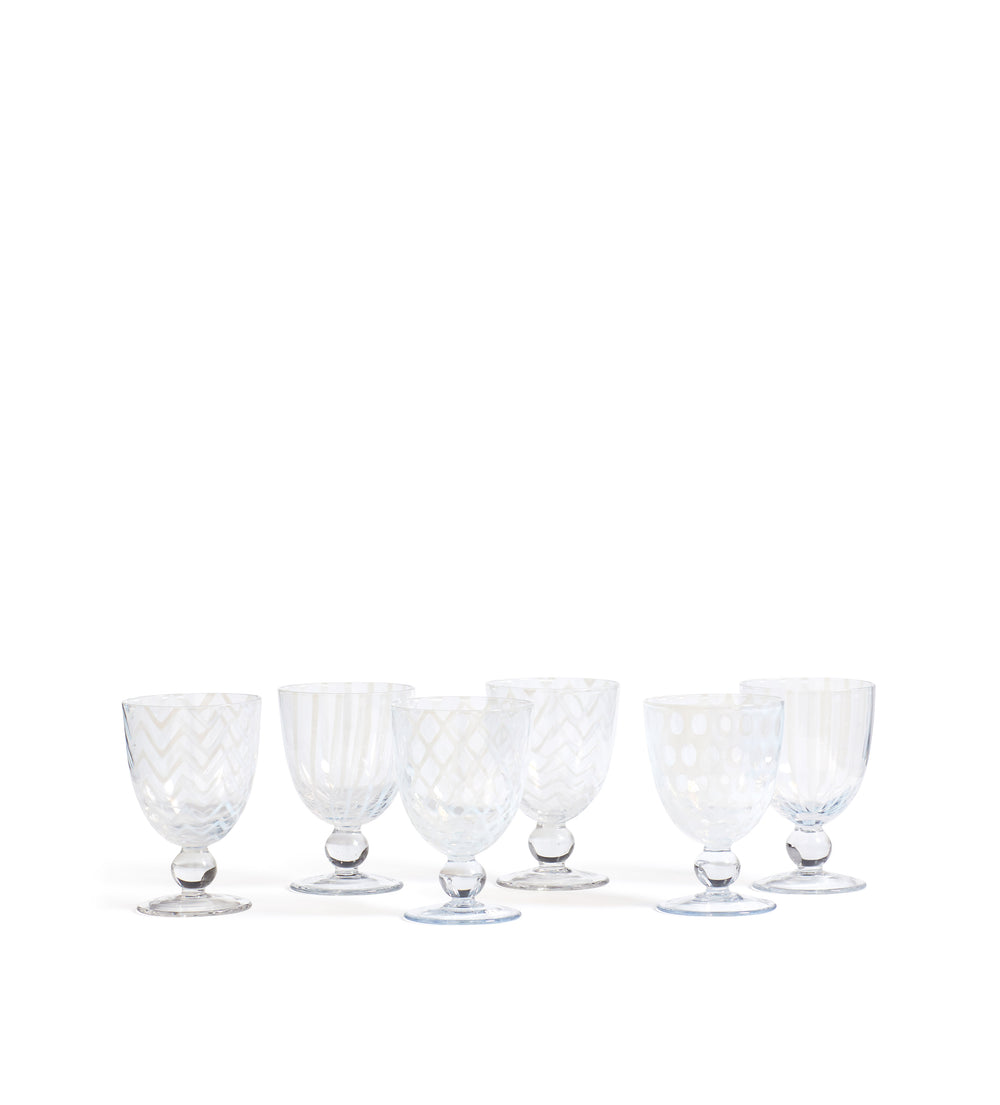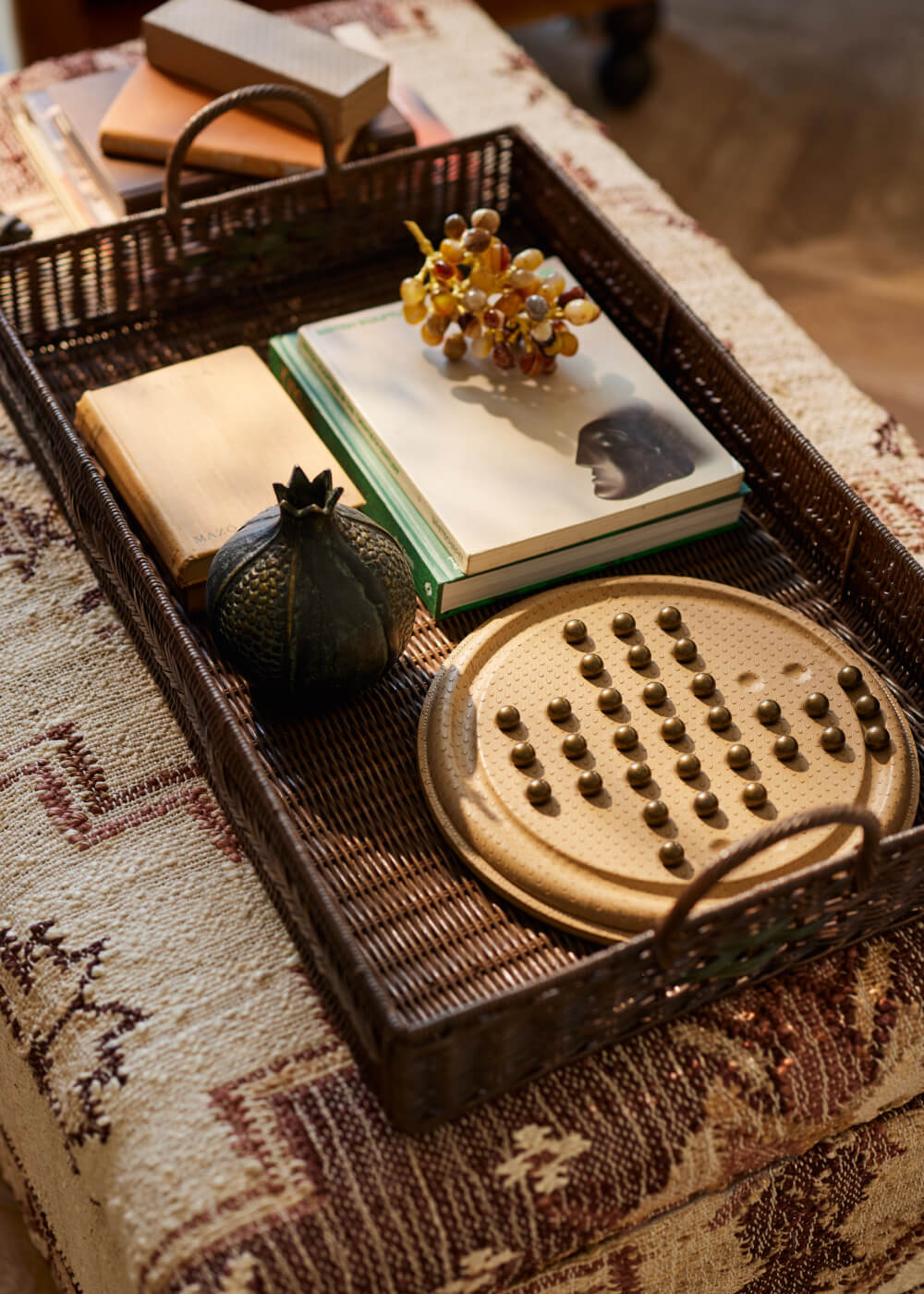“I get no kick from champagne,” Frank Sinatra sang – well, he obviously hadn’t been drinking from the correct glassware. If you want to experience your favourite wine at its full potential, you need the right vessel. It all boils down to four things: temperature, aroma, grape variety and age. Each component has an impact on a wine’s flavour; the right glass will enhance these components and, in turn, your tasting experience. Whether your poison is a burgundy or a bordeaux, read on for our guide to the different types of wine glasses.


Published 13 February 2025 | Last Modified 28 August 2025 | Ellen Millard
A Guide to the Different Types of Wine Glasses
The Red Wine Glass
Red wine is typically served in glasses with a broad mouth in order to let in more oxygen and release more flavours and scents – but if you really want to make the most out of your chosen tipple, we’d recommend getting even more specific. Each grape variety has a distinctive flavour and the type of wine glass you choose will impact this.
Cabernet Sauvignon
One of the world’s most widely recognised grape varieties, cabernet sauvignon is a full-bodied red wine with a distinctive taste and aroma. Designed in order to intensify the drinking experience, cabernet wine glasses are one of the tallest styles available, with a wide bowl to allow the wine to breathe and a narrower mouth to capture the aroma.
Burgundy
Wines such as pinot noir, Italian barolo and barbaresco are traditionally medium to full bodied, and have a more delicate flavour than cabernet alternatives. As such, burgundy wine glasses have a larger bowl to enhance the acidity and intensity of their subtler tasting notes.
Bordeaux
Created with full-bodied red wines in mind – think merlot or malbec – the bordeaux glass is tall and slender. Its shape is designed to direct the wine to the back of your mouth to help you taste all of the flavours without it being too bitter or heavy.
Zinfandel
Zinfandel wine glasses have a smaller bowl than cabernet and bordeaux glasses to bring out the rich notes of the wine. Look for high-quality wine glasses with a thin rim, which will direct the flow of the wine to the centre of your tongue.
Featured in this article
The White Wine Glass
White wine drinkers should look for glasses that feature a narrower opening and smaller bowl, which help to preserve floral aromas, maintain a cooler temperature and express more acidity in the wine. But, just as with red wines, white wines vary in taste and style, so your glass should be selected according to your preferred grape.
Chardonnay
The perfect chardonnay glass doesn’t look too dissimilar to a pinot noir glass, but it is a little smaller. With a U-shaped bowl and slightly wider opening than other white wine glasses, this vessel is designed to make the wine flow to the sides and tip of your tongue for a full tasting experience.
Viognier
With aromatic flavours such as violet, peach and pear, viognier wines have subtle notes that can be weakened if the liquid receives too much oxygen. As such, these wine glasses have a small bowl to minimise contact and capture its prized perfume.
Sparkling Wines
Champagne, prosecco and other sparkling wines are traditionally served in tall, narrow flutes, and for good reason – the convex silhouette allows the drink’s bubbles to rise to the top, while the reduced surface area prevents them from escaping, allowing you to enjoy the fizz to its full potential.
Sweet Wines
Sweet or dessert wines are often served in glasses with a compact shape, which helps to accentuate the rich aromas and sweet flavours. Like other wine glasses, a short, stout stem allows you to hold the glass without affecting the temperature or quality of the liquid.
Tasting Tip: In all cases, the best wine glasses will have a wider bowl than rim to allow you to swirl the liquid properly; whether serving white or red, swirling aerates your wine and releases hundreds of aroma compounds, effectively making it smell and taste better. Remember, wine should only be filled to one-third of the total height of the glass to provide maximum swirling space.




Other Wine Glasses
Rosé Glasses
Rosé wine glasses come in two styles: with a short bowl and tapered shape, or with a short bowl and flared lip. If you’re drinking a younger variety of grape, then we’d recommend seeking the latter as this will help to enhance the sweetness of the wine. For those who favour a more mature flavour, select a shorter stem and straighter silhouette.
Stemless Glasses
Traditionally, both red, white and rosé wines are served in long-stemmed glasses, which help to preserve the temperature of the liquid – however, in recent years stemless wine glasses have come into vogue. They’re great if you’re a little prone to spillages, but without a stem it’s harder to regulate the temperature of your chosen tipple, so be wary of using these if you want an authentic tasting experience.
If You’re Not a Wine Fan…
Prefer a piña colada over a pinot noir? There’s an art to selecting the perfect cocktail glass too; add these styles to your home bar and you’ll be prepared for every occasion.
The Cocktail Glass
Whether you like your drinks shaken or stirred, no party would be complete without a set of traditional cocktail glasses. With a long stem to control the temperature of the alcohol, these classic martini-style glasses are typically used for drinks that are made in a cocktail mixer and served without ice. Perfect for cosmopolitans, daiquiris or martinis, the cone shape helps to keep all the components of the drink contained and the temperature cool, as well as providing a nice large surface area to release enticing aromas. A wide base helps to balance out the silhouette and prevent the glass from tipping over – a saving grace when you’re three cocktails down.
The Tumbler
These flat-bottomed, stemless glasses – also known as low-ball glasses – are perfect all-rounders for serving up spirits, mixers and ice-based cocktails. They are usually used for drinks that contain a higher ratio of alcohol than mixer, as the wide design can accommodate large cubes of ice and lots of stirring. If you’re serving a negroni, mai tai or a whisky on the rocks, a tumbler is the glass for you.
The Highball Glass
A highball or tall cocktail is one that involves plenty of ice and mixer, such as a mojito or a gin and tonic. The smaller surface area also allows any fizzy drinks to stay carbonated for longer. Drinks served in this style of glass tend to be sweeter than other cocktails as the aroma of the alcohol is less important.

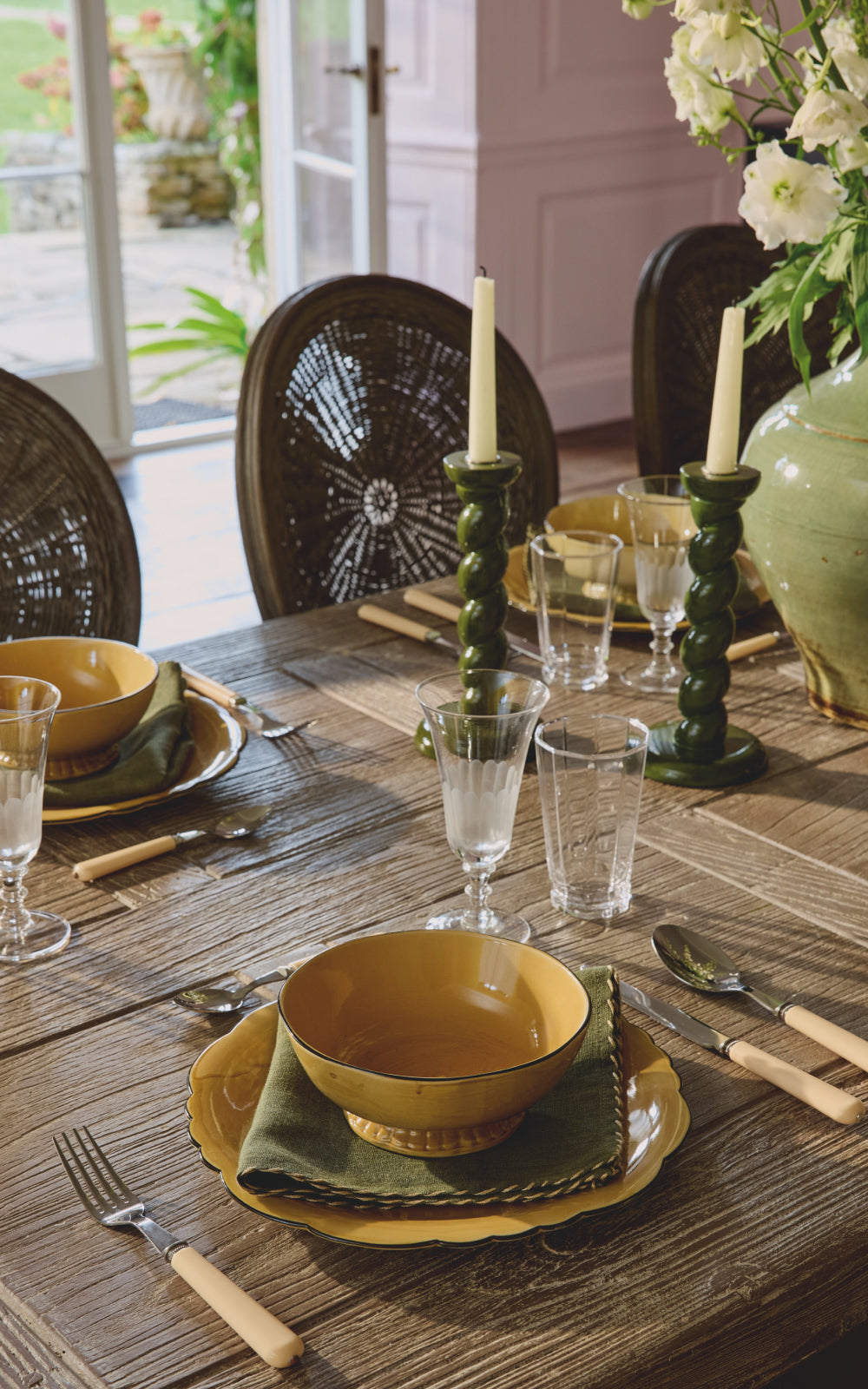

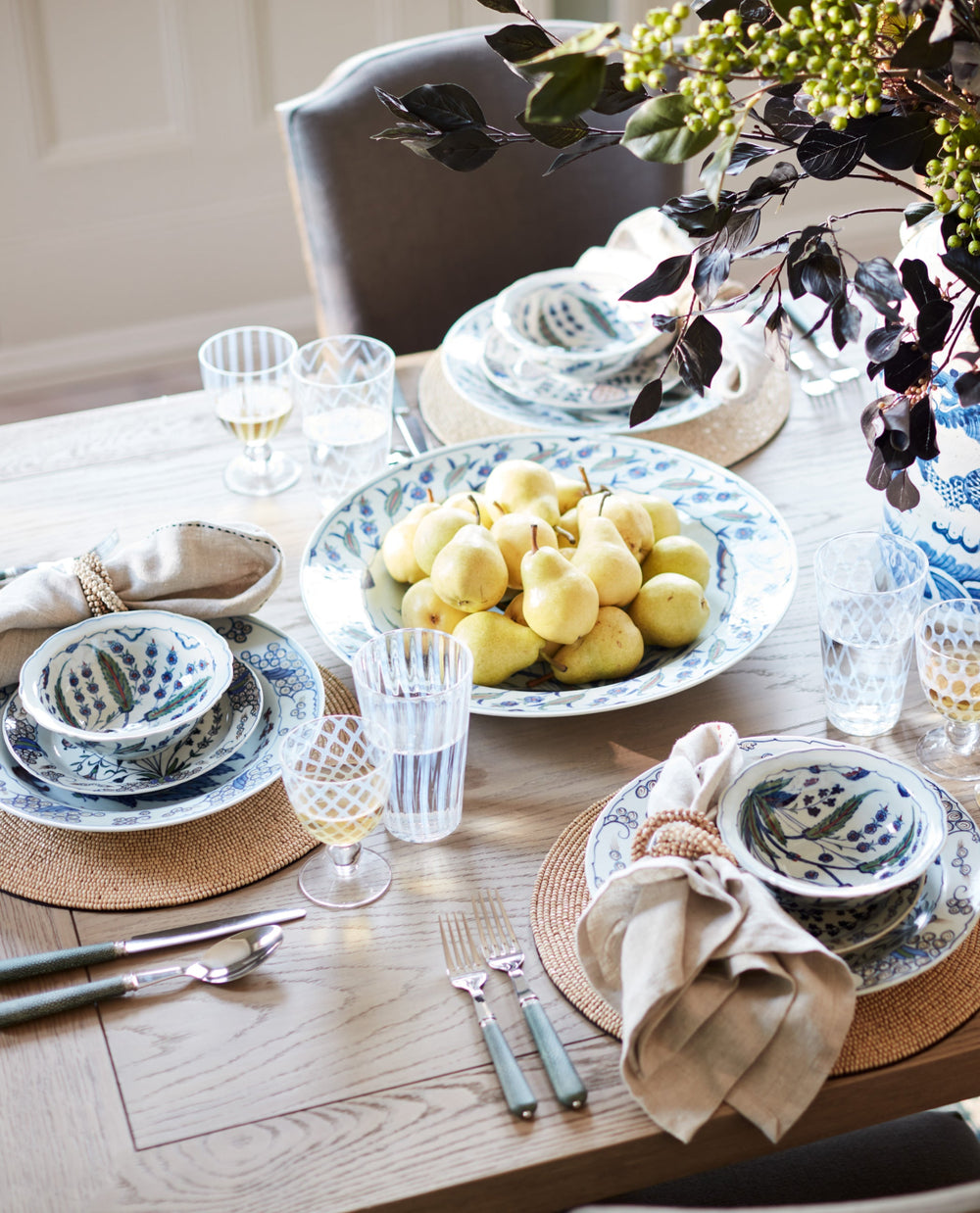
How to Master the Art of Tablescaping
Interested in more inspiration?
From tips and tricks to decorating advice and expert know-how, we've got plenty of bright ideas for the home and garden.
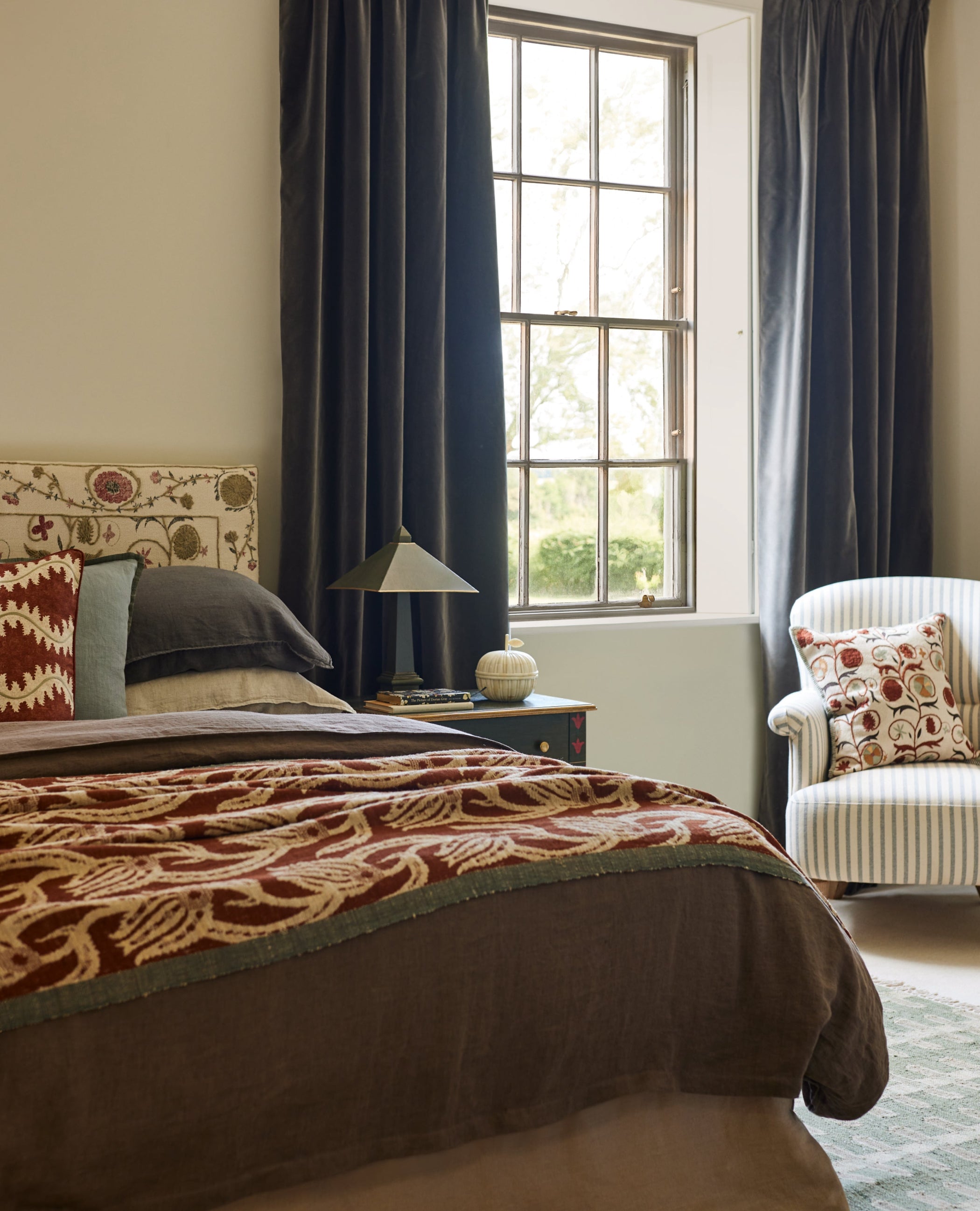
16 September 2025
How to Create a Bedroom for Hibernating at Home
Autumn is upon us, and with it a chance to take stock and rest up in a bedroom that’s as...

2 September 2025
A Seasonal Shift: AW25
Cooler days and darker nights call for indulging in home comforts, whether that’s curling up on a comfortable sofa or...

22 July 2025
Binky Felstead x OKA: Transforming Her London Home
Be the first to step inside the stylish London townhouse of Binky Felstead – TV personality, entrepreneur and influencer – who collaborated with our Interior Design Service to create a comfortable home for her evolving family.
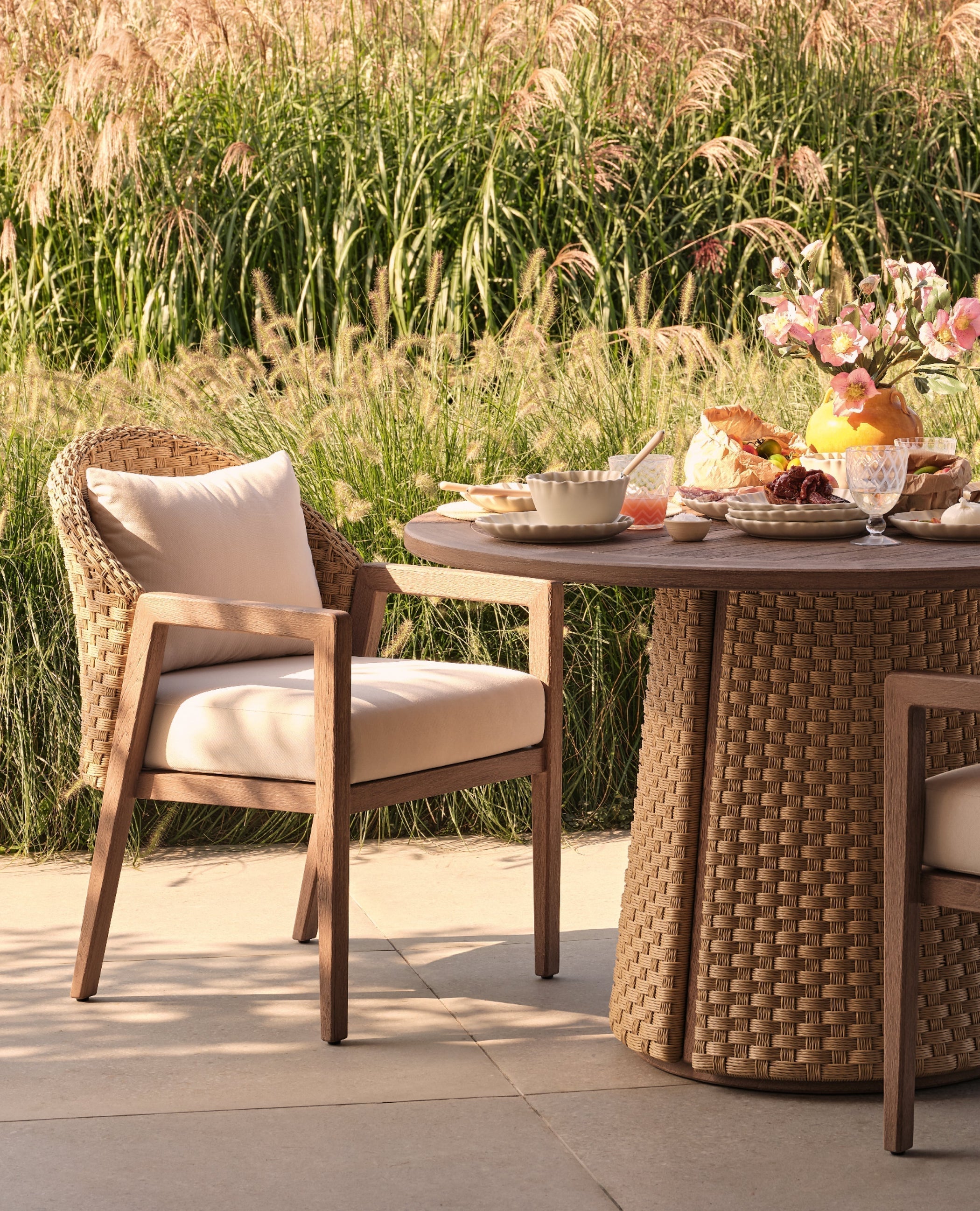
9 July 2025 | OKA Correspondent
Outdoor Entertaining: How to Style Your Garden for Summer Parties
Throwing open the doors to entertain in the garden is one of the most joyful things about summer, whether simply...

23 June 2025 | OKA Correspondent
Sofa Buying Guide – What To Look For In a Sofa
Not sure what type of sofa to buy? Our guide is here with all the information you need, from measuring up to choosing a style and colour.













